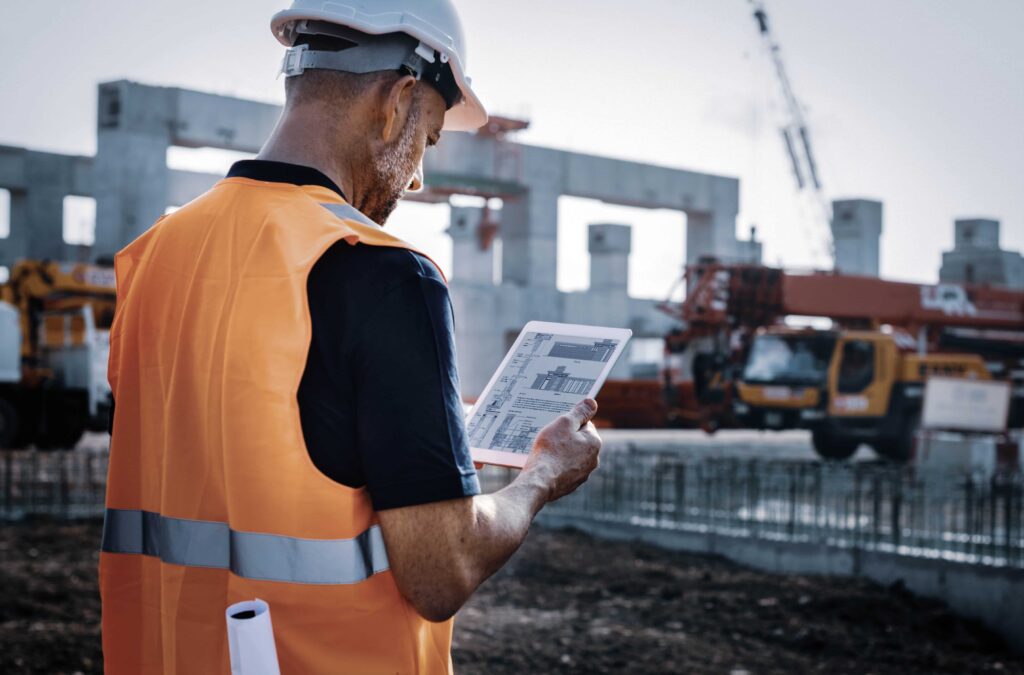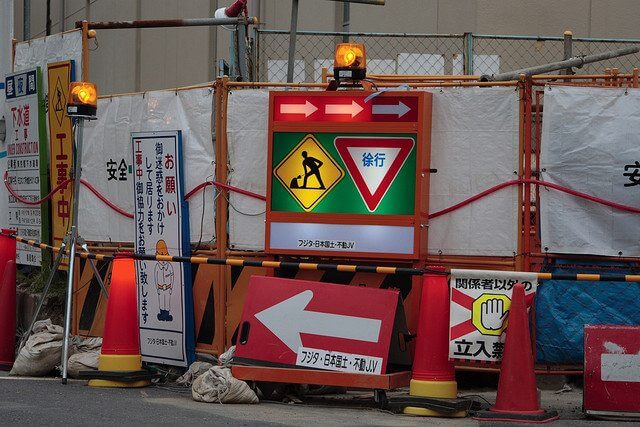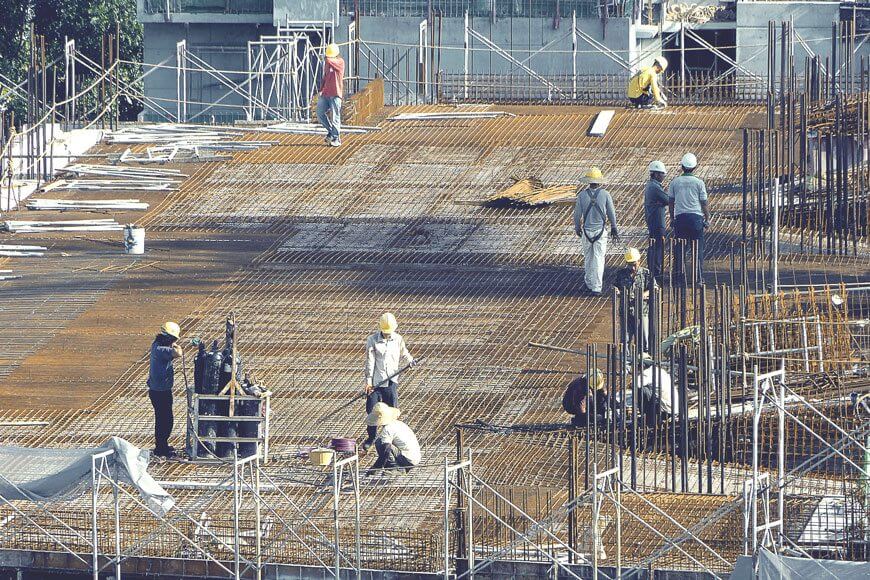COVID-19 hit the construction industry hard. Fortunately, in 2021 the turbulence has subsided. With this comes construction trends that may become the new standard practice for 2022. Here are some trends that deserve a deeper dive.
1. 3D printing
The 3D printing market is growing at an accelerated rate as developers turn to more affordable, sustainable, and readily accessible sources. The global 3D printing market in the construction sector is expected to become an $870 million industry by 2026, according to a 2022 report.
The trend is especially proliferating as the demand for affordable housing rises. Traditional methods of acquiring materials have also been hampered by the COVID-19 pandemic, causing contractors to explore 3D printing as an alternative.
2. Aerial drones
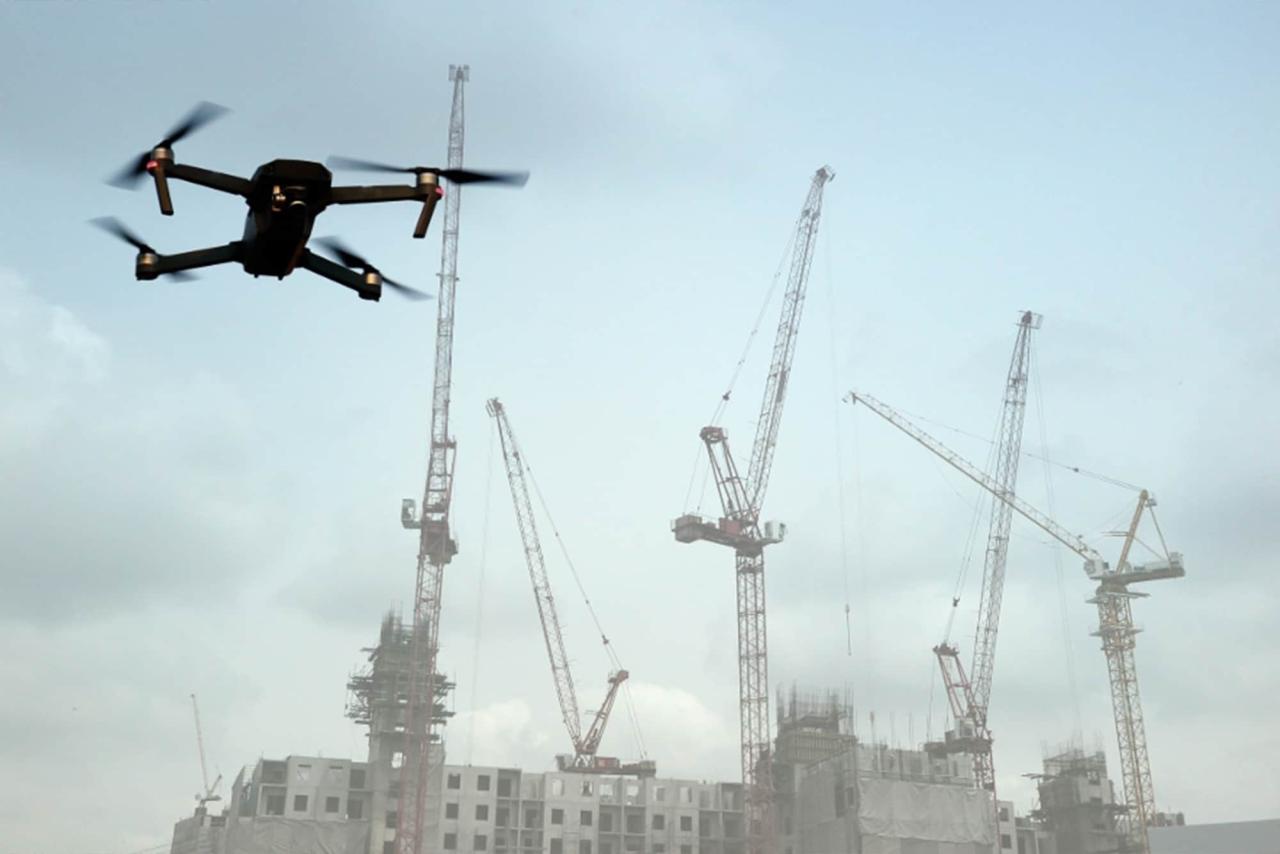
Drone applications go beyond aerial photography. Modern drone technology can map out areas over a large distance and relay the feedback in real-time. This provides actionable data that’s instantly accessible to the team on the ground and to management and stakeholders remotely.
Apart from mapping, drones provide a cost-effective measure for overseeing work zone safety and theft prevention. They can, for example, perform a visual inspection of high-risk areas like tall buildings, smokestacks, and partially completed bridges.
The drone service company Extreme Aerial, is using drones to survey and map a desert location in Phoenix, Arizona. The site is designated as the future location for a semiconductor facility. The multi-year project in progress has developers using aerial imaging to capture on-site activity and covering 1,300 acres of land weekly.
Read more: KPMG Report: The value of Information Management in construction for VolkerWessels
3. Green construction

Homeowners are becoming increasingly environmentally conscious. Federal and state tax incentives add another layer of desirability for green homes.
Among the new home construction trends include the use of a sustainable material known as K-Briqs. This is a brick-like material made from 90% recycled demolition waste. Its production produces 90% fewer carbon emissions than traditional bricks and another masonry.
4. Exoskeleton workwear
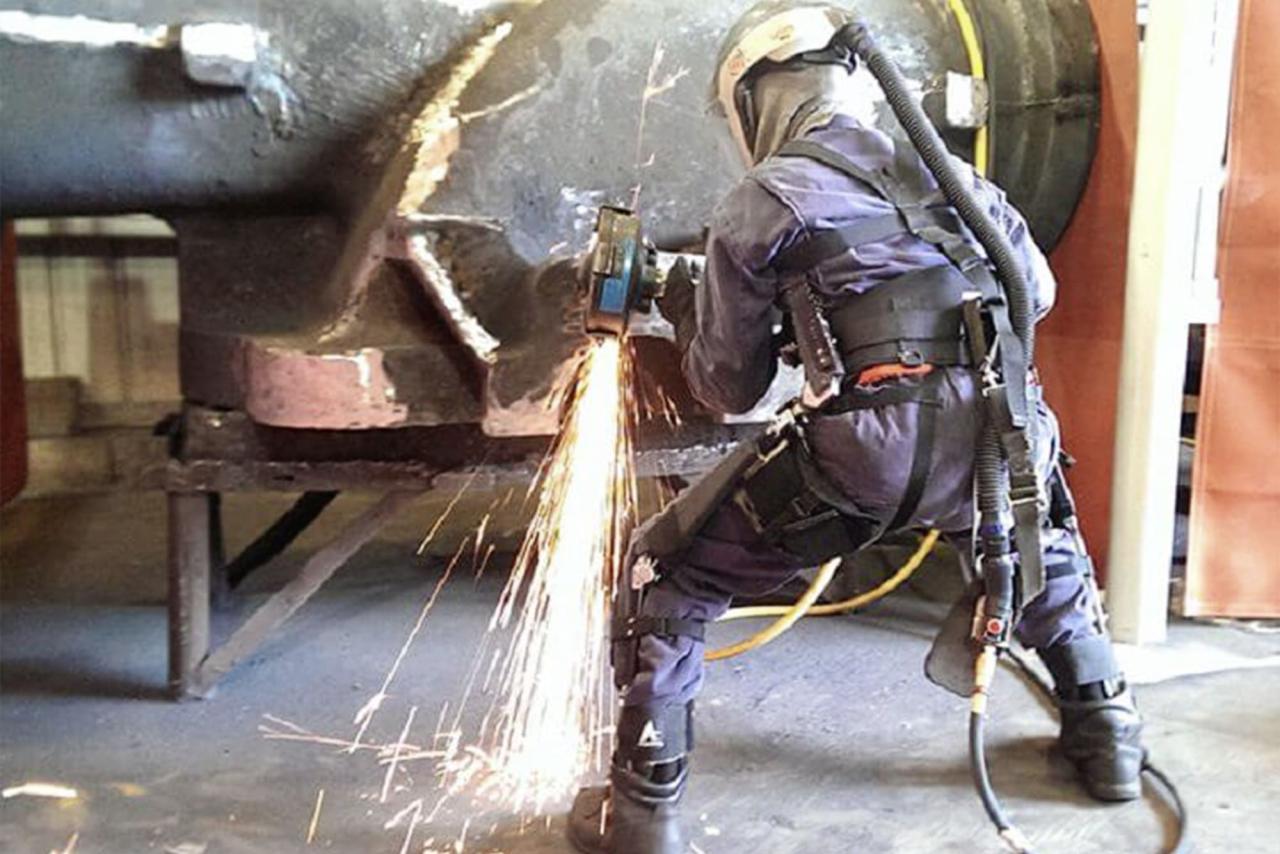
Construction work is hard on the body. Over time, this leads to injuries, time off work, and workers’ compensation claims. Luckily, exoskeleton workwear can make work less strenuous for employees.
Power gloves are one example of exoskeletons that enhance grip and dexterity when using power tools. Full exosuits are commonly in use in rehabilitation. However, they’re also becoming a mainstay in the construction sector.
Exoskeleton suits consist of metal frameworks with motorized “muscles” that enable the wearer to perform more work while exerting less strength. More advanced suits have a power amplification as high as 20 to one. Essentially, lugging a 100 kg object will feel like 5 kg to the wearer.
Free eBook: Why WhatsApp and Excel aren’t enough for running complex construction projects
5. Construction robots, AKA cobots
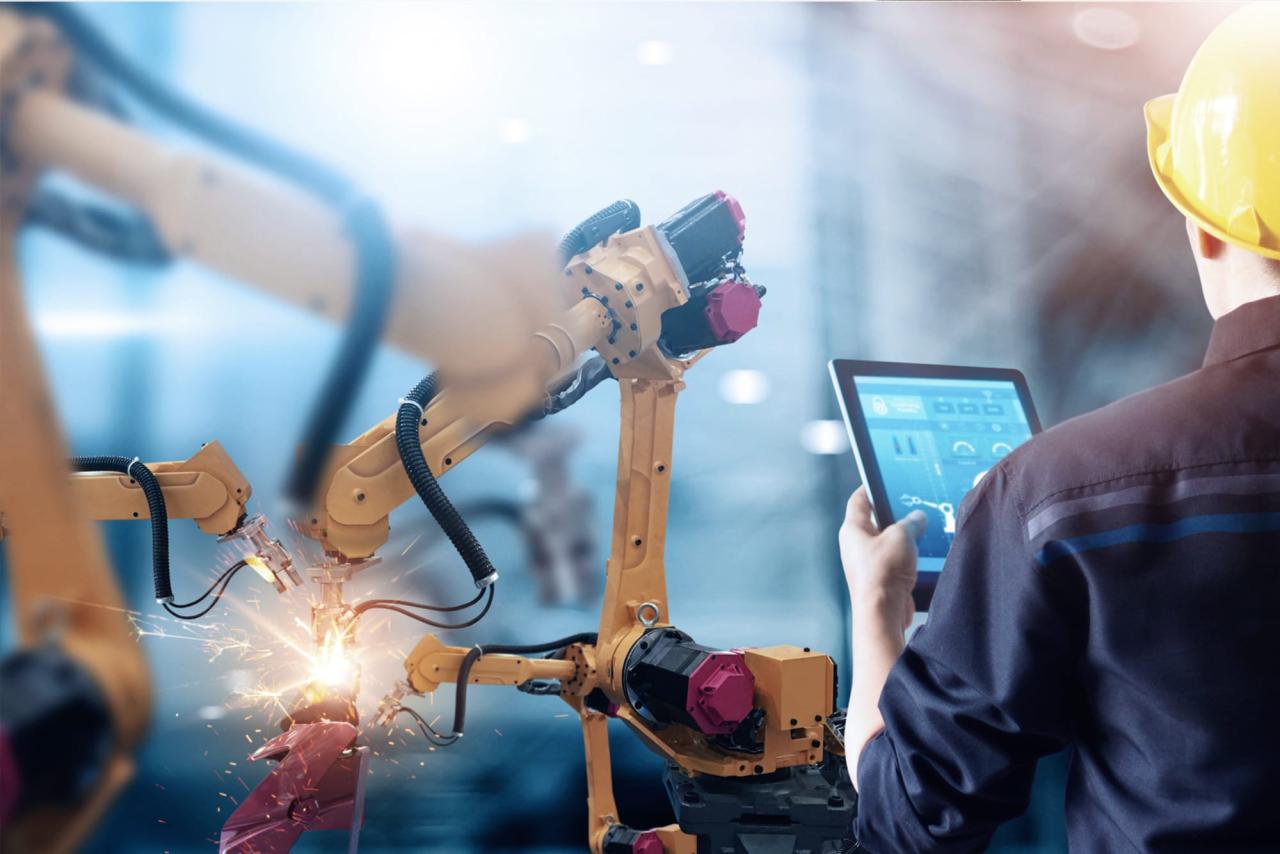
The use of construction robots or cobots is increasing and is expected to grow into a $166.4 million niche industry by 2023. These cobots are automated machines that, in varying forms and degrees, assist human workers in construction. Cobots make up the following assortment:
- Industrial robots – Typical forms include robotic arms and cranes that are commonplace in manufacturing and welding assembly lines.
- Autonomous construction vehicles – Self-operating construction vehicles already exist and are capable of performing light excavating and bulldozing.
- Demolition robots – These robots are designed with attachments like drills, breakers, and crushers and demolish buildings in areas deemed high-risk for humans.
While there are concerns that cobots will steal jobs from humans, there will always be a need for humans to oversee and manage robotic workers.
Further reading: Where to Find Commercial Construction Leads
6. Uptick in the equipment rental
According to a report from the American Rental Association, the construction rental industry is expected to see a 9.68% increase in revenue, reaching upwards of $52.5 billion in 2022. What accounts for the rise?
Construction equipment and technology are advancing at an accelerated pace. This makes equipment rental more viable, as contractors can take advantage of the latest features to facilitate everything from green construction to home security and expensive equipment such as the aforementioned exoskeleton workwear.
Renting also becomes more appealing as construction firms look to scale back on costs associated with equipment maintenance and storage. Many construction firms saw a drop in contracted projects in 2020 due to COVID-19, making equipment ownership less viable.
7. Construction management software

There are far more people involved in a construction project beyond the on-site crew members. This includes clients, management, stakeholders, and city administrators. With the number of people involved and in scattered locations, more construction firms are relying on construction management software for real-time collaboration.
Everyone involved has remote access to a cloud-based collaboration tool for running operations. With a system like LetsBuild, a single source of truth allows to easily coordinate teams, track progress metrics and generate reports in real-time. Keep everyone in the know and more accountable through a streamlined communication system that’s accessible anytime anywhere.
COVID-19 is still very much active in 2022. Construction management software enables those not directly involved physically on the construction site to stay fully updated while maintaining safe social distancing.
Further read: How to drive your project with the steady heartbeat of repetitive project scheduling
Revolutionize your business by keeping an eye on the most relevant construction trends
The Coronavirus pandemic was hard on all industries including the construction sector. If there’s a silver lining, it’s that it forces thinking outside the box. This has led to the construction trends we see today that will pave the way in 2022 and continue in a post-pandemic world. Introduce LetsBuild into your business and become part of the change towards connected teams and connected construction.
